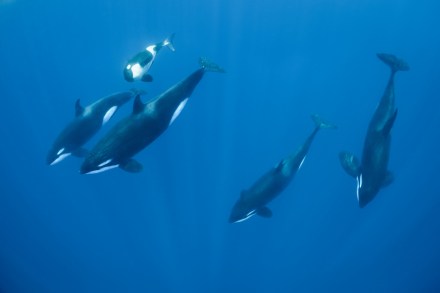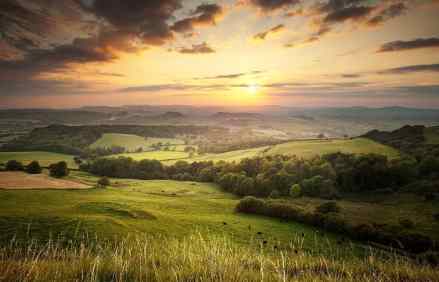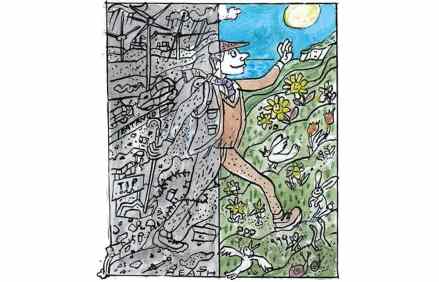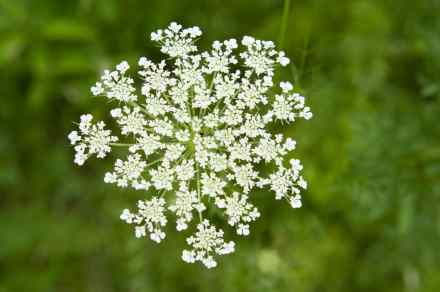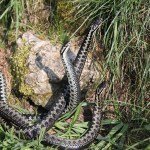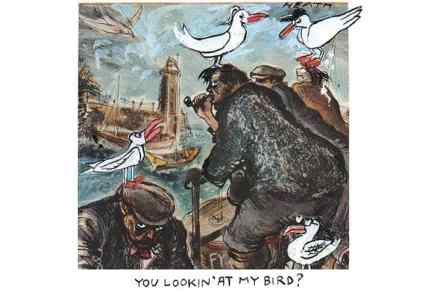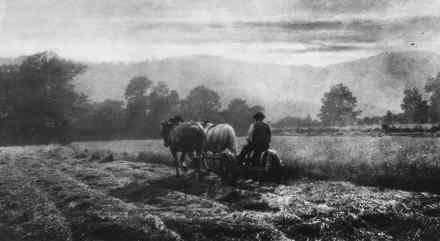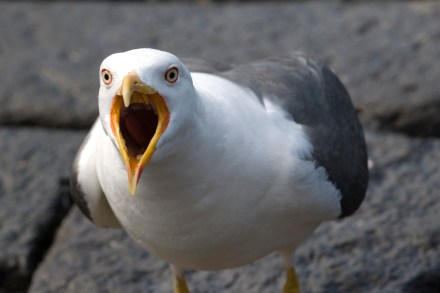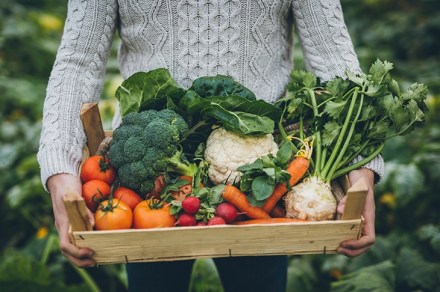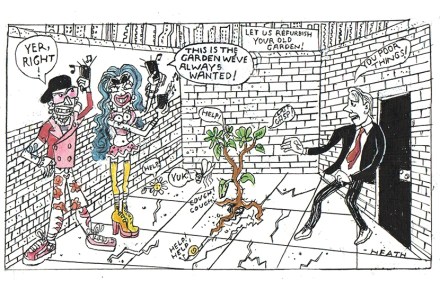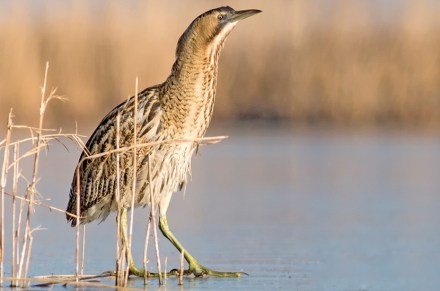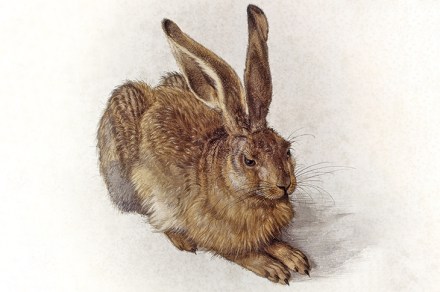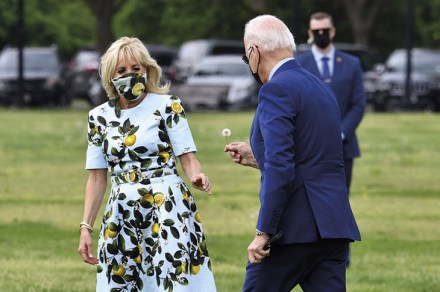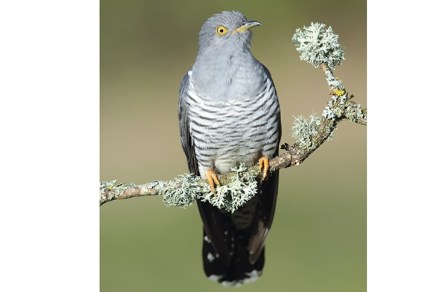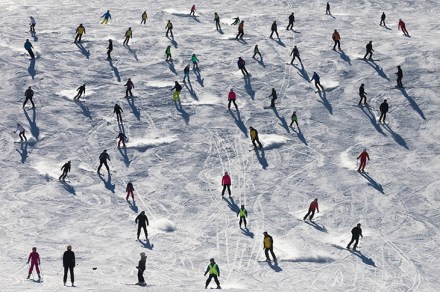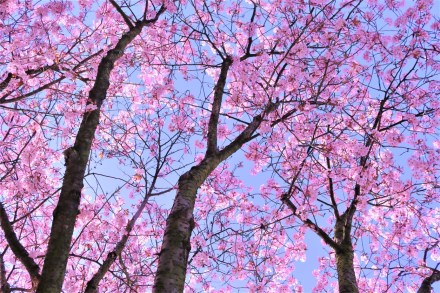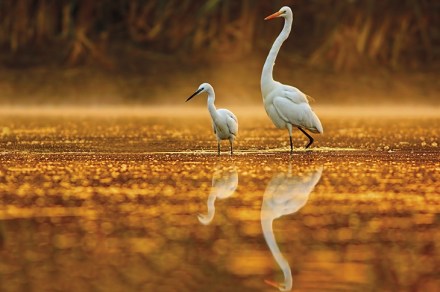Why are killer whales attacking boats?
Orcas – killer whales no less – are on the attack. They have declared war on humanity. They are systematically destroying boats in uncannily coordinated attacks. They are taking revenge because White Gladis, an orca matriarch, was traumatised after being hit by a ship. The attacks began in the seas off Spain and Portugal but now they have spread to the North Sea. Is anyone safe? It’s clear that there are two stories being told at the same time. The first concerns the ethology (study of animal behaviour) of the odontocetes or toothed whales (including dolphins). The second is about the relationship between humans and nature. The two tales are
